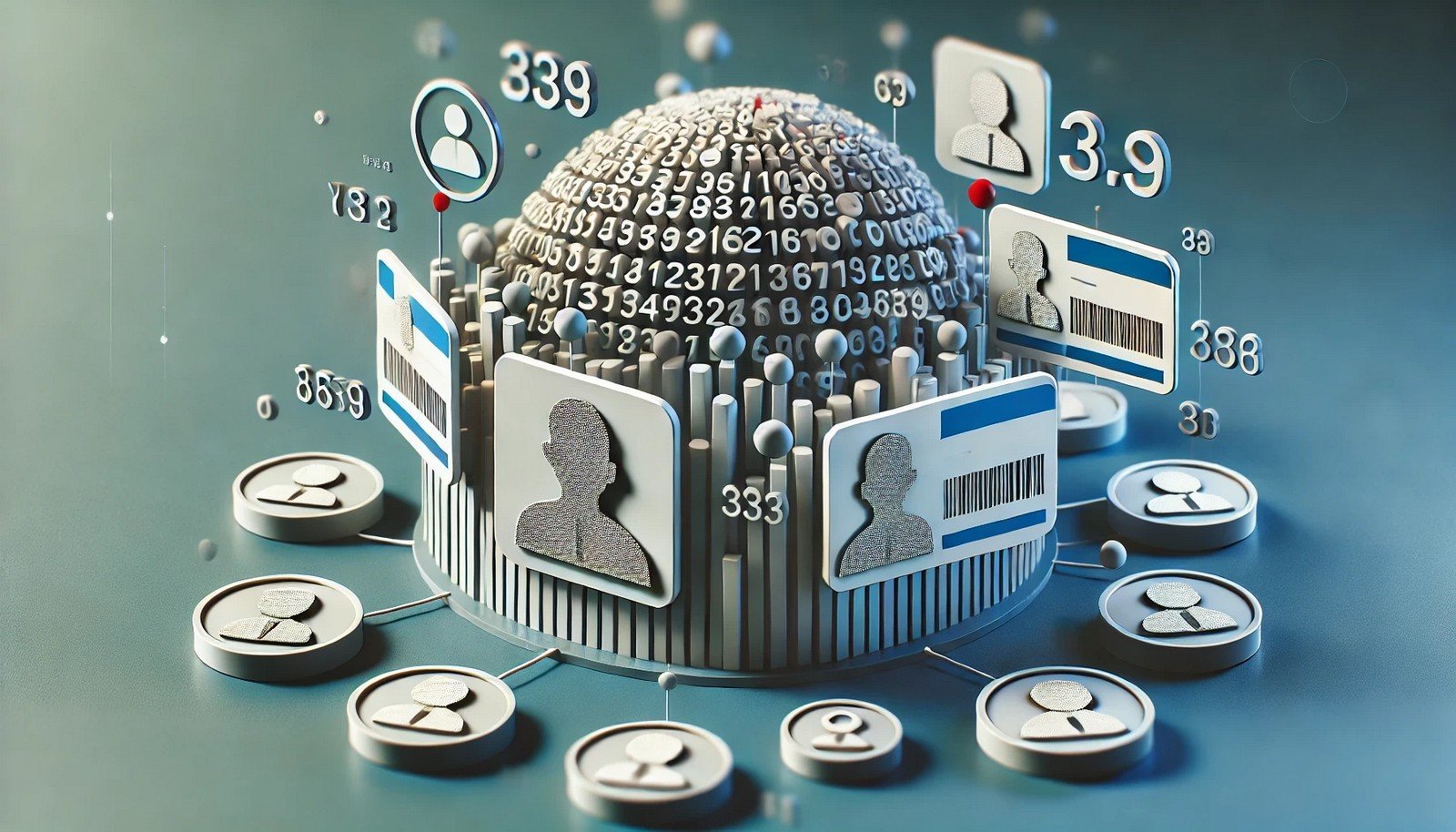De-identification in Data Privacy

Quick Navigation:
- De-identification Definition
- De-identification Explained Easy
- De-identification Origin
- De-identification Etymology
- De-identification Usage Trends
- De-identification Usage
- De-identification Examples in Context
- De-identification FAQ
- De-identification Related Words
De-identification Definition
De-identification is a method in data privacy that removes or masks personally identifiable information (PII) from datasets, ensuring that individuals cannot be directly identified from the data. This process is widely used in fields like healthcare, research, and analytics, allowing organizations to leverage data insights without compromising privacy. Techniques like data masking, pseudonymization, and aggregation are used in de-identification to reduce the risk of re-identification.
De-identification Explained Easy
Imagine you have a class photo and want to share it online, but you don’t want anyone to know who the students are. So, you blur out everyone’s faces so no one can recognize them. De-identification does something similar with data: it hides details like names or IDs so others can’t tell who the data is about.
De-identification Origin
The origins of de-identification trace back to the need for privacy protections in the digital age, particularly in medical and financial fields where personal data began being used for analytical purposes. As regulations on privacy increased, de-identification became a critical process for compliance.
De-identification Etymology
The term “de-identification” is derived from “identification,” with the prefix “de-” indicating the removal or reversal of identifiable information, emphasizing the transformation of identifiable data to anonymous data.
De-identification Usage Trends
With rising concerns over data breaches and privacy regulations like GDPR and HIPAA, de-identification has become essential in handling personal data across various sectors. Organizations employ de-identification to retain data utility while reducing privacy risks, especially in sectors like healthcare, finance, and customer analytics.
De-identification Usage
- Formal/Technical Tagging:
- Data Privacy
- Anonymization
- Data Security - Typical Collocations:
- "de-identification process"
- "de-identified data"
- "data masking"
- "privacy protection"
De-identification Examples in Context
- A hospital uses de-identification to protect patient identities while sharing health data for research purposes.
- Companies de-identify customer data to analyze buying patterns without compromising individual privacy.
- Government agencies de-identify census data to provide public insights without revealing personal information.
De-identification FAQ
- What is de-identification?
De-identification removes personal identifiers from data, making it difficult to link the data to specific individuals. - Why is de-identification important?
It helps protect privacy while allowing the data to be used for analysis or research. - What is the difference between de-identification and anonymization?
Anonymization is an irreversible process, while de-identification may allow re-identification under certain conditions. - Is de-identification required by law?
In many regions, regulations like GDPR and HIPAA require or encourage de-identification to protect individual privacy. - What methods are used in de-identification?
Common methods include data masking, pseudonymization, and generalization. - Can de-identified data still be useful?
Yes, de-identified data retains analytical value while minimizing privacy risks. - What are the risks of re-identification?
Re-identification occurs if enough data points are combined, potentially revealing an individual’s identity. - Is de-identification used outside healthcare?
Yes, it’s used in finance, marketing, public services, and any field handling personal data. - How does de-identification differ from encryption?
Encryption protects data in transit or storage, while de-identification removes identifying elements from the dataset itself. - What is pseudonymization in de-identification?
Pseudonymization replaces identifiers with pseudonyms to protect identities while allowing data to be re-linked if necessary.
De-identification Related Words
- Categories/Topics:
- Data Privacy
- Data Security
- Anonymization
- Compliance
Did you know?
The concept of de-identification gained prominence with the rise of electronic health records (EHRs), as it enabled the sharing of patient information across medical research networks while adhering to strict privacy laws like HIPAA in the U.S.
PicDictionary.com is an online dictionary in pictures. If you have questions or suggestions, please reach out to us on WhatsApp or Twitter.Authors | Arjun Vishnu | @ArjunAndVishnu

I am Vishnu. I like AI, Linux, Single Board Computers, and Cloud Computing. I create the web & video content, and I also write for popular websites.
My younger brother, Arjun handles image & video editing. Together, we run a YouTube Channel that's focused on reviewing gadgets and explaining technology.



Comments powered by CComment